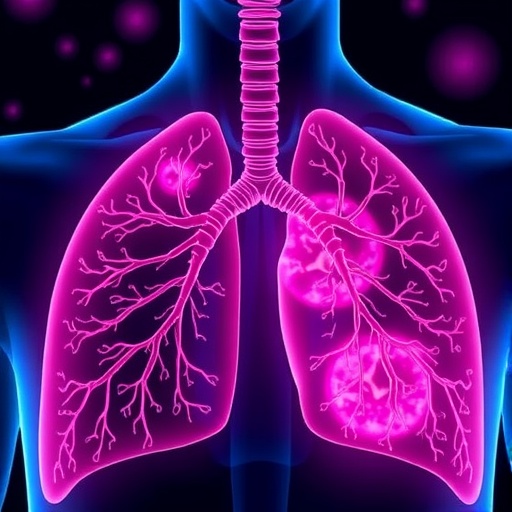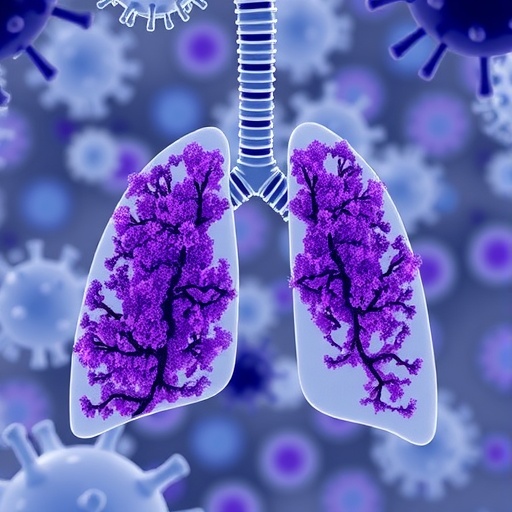
Credit: Linkoping University
When an accident occurs, the reactions of bystanders are important. Researchers have studied whether laypeople realise the severity of the situation when someone in their proximity begins to bleed, and whether they can estimate how much the person is bleeding. The results show a discrepancy related to the victim’s gender: for a woman losing blood, both blood loss and life-threatening injuries were underestimated. The study has been published in the scientific journal PLoS One.
Researchers from Linköping University and Old Dominion University in the United States wanted to study the ability of laypeople to visually assess blood loss, and what influences them when judging the severity of an injury.
“Laypeople’s knowledge of haemorrhage is very important because many deaths occur outside the hospital. Our study showed, among other things, that haemorrhage in women is perceived as less serious, which can have profound consequences”, says Erik Prytz at Linköping University and the Centre for Teaching & Research in Disaster Medicine and Traumatology.
Previous research has shown that people have difficulty estimating how much an injured person is bleeding. Those with medical training often overestimate small volumes of blood, and underestimate larger volumes. Also, previous studies point to differences in how laypeople treat victims, depending on the victim’s gender. For this reason, the researchers wanted to investigate the role of victim gender in the laypeople’s ability to estimate blood loss – a factor that has never been studied.
The researchers had 125 study participants view 78 video clips of female or male actors who appear to be bleeding from the inside of the thigh. The participants got to see the simulated injuries from various angles, and the victims bled at different rates and with different volumes. Based on this, the participants were to assess whether the blood loss was not dangerous, dangerous or life-threatening. Bleeding is normally considered life-threatening when 1.5 litres of blood is lost.
The result supported previous research; laypeople also overestimated small volumes of blood and underestimated larger volumes of blood. However the study, unlike previous studies, also showed at which volumes the test participants made incorrect estimates. Blood losses of up to 2 decilitres were perceived as larger than they actually were, while volumes of more than 4 decilitres were underestimated. Blood volumes of 3 decilitres, however, were estimated correctly.
The study also showed that the participants underestimated blood loss among female victims more than for male victims, regardless of volume. And for female victims, the loss was classified as less life-threatening.
In Sweden, and especially in the United States, laypeople are trained to intervene in the event of an accident. In the United States, this training has become more common as a response to the many school shootings; more people must know how to stop a haemorrhage. What the researchers learn from the study, they will incorporate in the design of this training.
“If gender affects how a layperson perceives an injury, we must include this in the calculation when planning the training” says Erik Prytz.
Erik Prytz stresses that further study is required into how gender affects the response given to haemorrhaging victims.
###
The other authors of the study are Marc Friberg, Mattias Lantz Cronqvist and Carl-Oscar Jonson from Linköping University, and Rachel Phillips from Old Dominion University in the United States.
The study received funding from the Swedish Civil Contingencies Agency.
Media Contact
Erik Prytz
[email protected]
Original Source
https:/
Related Journal Article
http://dx.





